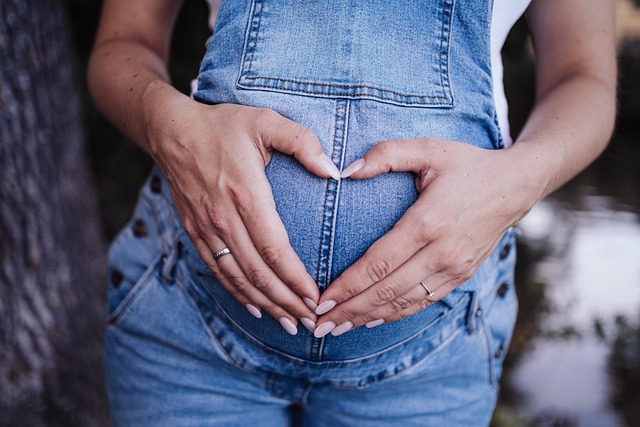Hey there! Let’s chat about endometriosis, a chronic condition that many women in their reproductive years face. It’s a bit of a tricky issue, but understanding it can really help.
What is Endometriosis?
Essentially, it’s when tissue that resembles the uterine lining starts growing outside of the uterus. This can happen in various spots, but you’ll often find it on the ovaries, fallopian tubes, and even the bladder. These tissues can cause inflammation and scarring as they grow and bleed, leading to severe pain and complications with fertility for some women.
What Causes Endometriosis?
Now, you might be wondering what causes this condition. Well, experts aren’t exactly sure, but there are a few theories. Some think it might be due to retrograde menstruation, where menstrual blood flows backward into the pelvic cavity. Others suggest that it could be linked to genetic factors or issues with the immune system. Environmental factors, like exposure to certain chemicals, could also play a role. The reality is, it’s likely a mix of several factors rather than one single cause.
Treatment Options
When it comes to treatment, there are two main routes for those struggling with infertility due to endometriosis. If it’s mild, the first step is often to remove the endometrial tissue and then monitor if a pregnancy happens naturally. But if the condition is more severe or keeps coming back, in vitro fertilization (IVF) might be the best option after surgery. Before any treatment, a thorough diagnosis is essential to tailor the plan to each individual.
Diagnosis
Diagnosing endometriosis usually involves a laparoscopy, a procedure where doctors can look inside the abdomen and potentially remove any small endometrial spots. For larger areas, more extensive surgery might be necessary. If some tissue needs to be left behind to protect fertility, we may suggest IVF afterward.
Quick Facts
Here are some quick facts to know: after uterine fibroids, endometriosis is the second most common gynecological disorder. It’s estimated that around 7-15% of women of reproductive age have it, but many go undiagnosed due to the complex symptoms. In fact, it can take an average of six years for a proper diagnosis! While endometriosis often leads to infertility, some women experience pain without any fertility issues.
Further Resources
If you want to dive deeper into treatments or have questions, it’s a good idea to reach out to fertility experts. They can provide insights tailored to your journey. And if you’re interested in learning more about safe sleep tips for toddlers, check out this blog post. Plus, for those looking into home insemination, this resource is excellent. Also, don’t forget to check out this couple’s guide for more on fertility journeys.
Conclusion
In summary, endometriosis is a complex condition affecting many women, leading to painful symptoms and potential fertility challenges. Understanding its causes and treatment options can empower those affected to seek the help they need.

